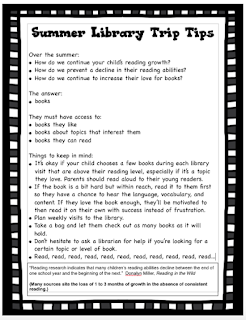If I'm going to teach nouns, I'm going to teach them in context of real literature instead of in isolation. That's where shared reading comes into play. We can share authentic text, remove a skill from the text, practice and play with it, and then put the skill back into the text as we read the story again (and again and again).
So this week Joy Cowley and Ratty-Tatty helped us learn about nouns. Here's how that adventure played out.
1. We read Ratty-Tatty.
2. We made lists of things the kids saw in the pictures of two different pages. As the kids called out the words, I sorted them into groups but didn't tell the kids why. When the lists were finished, I asked them what they noticed. One reader said that they were people, things, and places. That's when I labeled the columns and listed these words as nouns.
3. The kids then hunted for nouns in the room and wrote them on their whiteboards.
4. After reading Ratty-Tatty on the next day and reviewing what nouns were, I gave everyone a copy of a page from the book. They labeled all the nouns in the picture. They also eventually circled the nouns in the text.
5. On the following day, we read Ratty-Tatty again. I wrote examples of nouns and words that weren't nouns on small post-it notes. Each child had one on their forehead. They created a yes/no t-chart on their whiteboards and meandered around the room, sorting their neighbor's forehead words as nouns or not nouns.
6. On our final day after another reading of our book, we created a classroom book. Each child drew their favorite nouns.
Shared reading is a practice worth using daily. Give me a big book (or other large text) and I can teach most any reading skill while never venturing far from real literature and contextual understanding.
(No worksheets were harmed in the making of these lessons.)

























